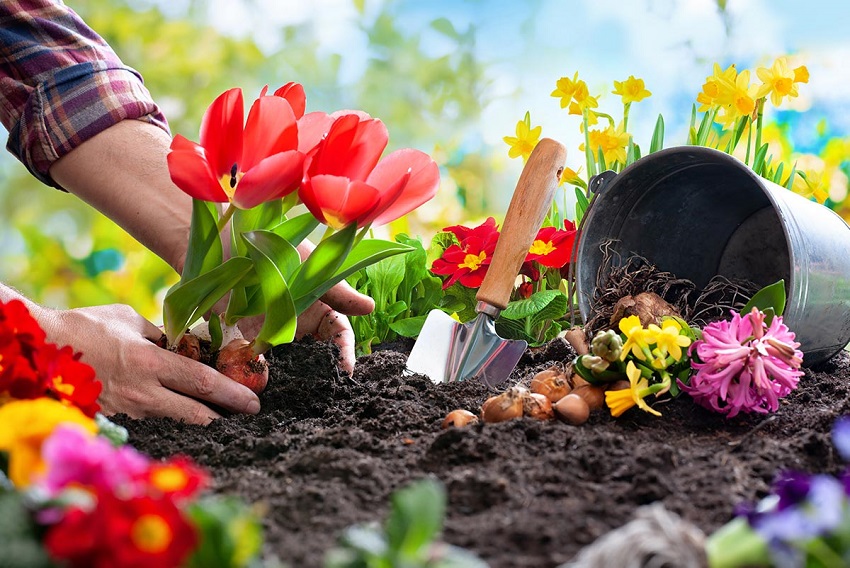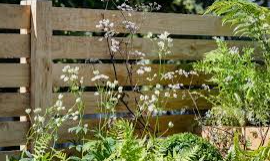Spring is the perfect time to plant bulbs, as it allows for a beautiful and vibrant display of colors in your garden. Whether you’re looking to add pops of color to your flower beds or create a stunning container garden, spring planted bulbs are the way to go. In this guide, we’ll cover everything you need to know to successfully plant and care for your bulbs, ensuring a stunning display for years.
Why Spring Planted Bulbs?
Spring planted bulbs are the perfect way to add pops of color and texture to your garden. Not only do they provide a beautiful display, but they also add depth and interest to your landscape design. Additionally, many spring planted bulbs are perennial, meaning they’ll come back year after year, providing consistent beauty for seasons to come.
Choosing the Right Bulbs
When choosing the right bulbs for your garden, consider a few things. First, you’ll want to choose appropriate bulbs for your climate zone. Additionally, consider the color, size, and bloom time of the bulbs. Choose bulbs that complement your garden design and provide the desired aesthetic.
Preparing Your Garden for Planting
Before planting your bulbs, it’s important to prepare your garden properly. Begin by removing any weeds or debris from the planting area. You’ll also want to loosen the soil and add any necessary amendments, such as compost or fertilizer. This will help ensure that your bulbs have the necessary nutrients and moisture to grow and thrive.
Planting Your Bulbs
When planting your bulbs, be sure to follow the specific planting instructions for each type of bulb. Generally, bulbs should be planted at a depth of approximately 2-3 times their diameter. Be sure to space bulbs appropriately, allowing for adequate air circulation and growth. Once planted, cover the bulbs with soil and water thoroughly.
Caring for Your Bulbs
Once your bulbs are planted, it’s important to care for them properly to ensure healthy growth and vibrant blooms. Be sure to water your bulbs regularly, keeping the soil moist but not waterlogged. Additionally, consider adding a layer of mulch to help retain moisture and regulate soil temperature. Finally, be sure to deadhead spent blooms to encourage new growth and prevent disease.
Bulb Maintenance
Bulb maintenance is key to ensuring healthy growth and long-term success in your garden. In the fall, be sure to cut back any dead foliage and remove any bulbs that may have rotted or become diseased. Additionally, consider dividing and transplanting bulbs as necessary to prevent overcrowding and promote healthy growth.
Common Bulb Varieties
There are a wide variety of spring planted bulbs to choose from, each with their own unique characteristics and growing requirements. Some popular bulb varieties include tulips, daffodils, crocus, hyacinths, and alliums. Be sure to choose bulbs that are appropriate for your climate zone and provide the desired aesthetic for your garden design.
Container Gardening with Bulbs
In addition to traditional garden planting, spring planted bulbs can also be grown in containers. Container gardening provides the added benefit of mobility and versatility, allowing you to move your bulbs as needed for optimal sunlight and temperature. When planting bulbs in containers, be sure to choose appropriate containers and soil, and follow proper planting and care instructions.
Tips for Success
To ensure the best possible results with your spring planted bulbs, consider the following tips:
- Choose bulbs that are appropriate for your climate zone and provide the desired aesthetic
- Prepare your garden properly before planting, including removing weeds and adding necessary amendments
- Follow proper planting and care instructions for each type of bulb
- Deadhead spent blooms to encourage new growth and prevent disease
- Add a layer of mulch to help retain moisture and regulate soil temperature
- Divide and transplant bulbs as necessary to prevent overcrowding and promote healthy growth
- Consider container gardening for added mobility and versatility
Common Problems and Solutions
While spring planted bulbs are generally easy to care for, there are a few common problems that may arise. Here are some solutions to help you troubleshoot any issues:
- Bulbs aren’t blooming: If your bulbs aren’t blooming, it may be due to a lack of sunlight or water. Be sure to provide adequate water and sunlight for your bulbs, and consider moving them to a sunnier location if necessary.
- Bulbs are rotting: Rotting bulbs are often due to overwatering or poor drainage. Be sure to plant bulbs in well-draining soil, and avoid overwatering.
- Bulbs are overcrowded: Overcrowding can lead to stunted growth and reduced blooms. Be sure to divide and transplant bulbs as necessary to prevent overcrowding.
Conclusion
Spring planted bulbs are the perfect way to add vibrant color and texture to your garden. By following the proper planting and care instructions, you can enjoy a beautiful display of blooms for seasons to come. From choosing the right bulbs to caring for them properly, this guide has everything you need to know to successfully grow spring planted bulbs in your garden.







